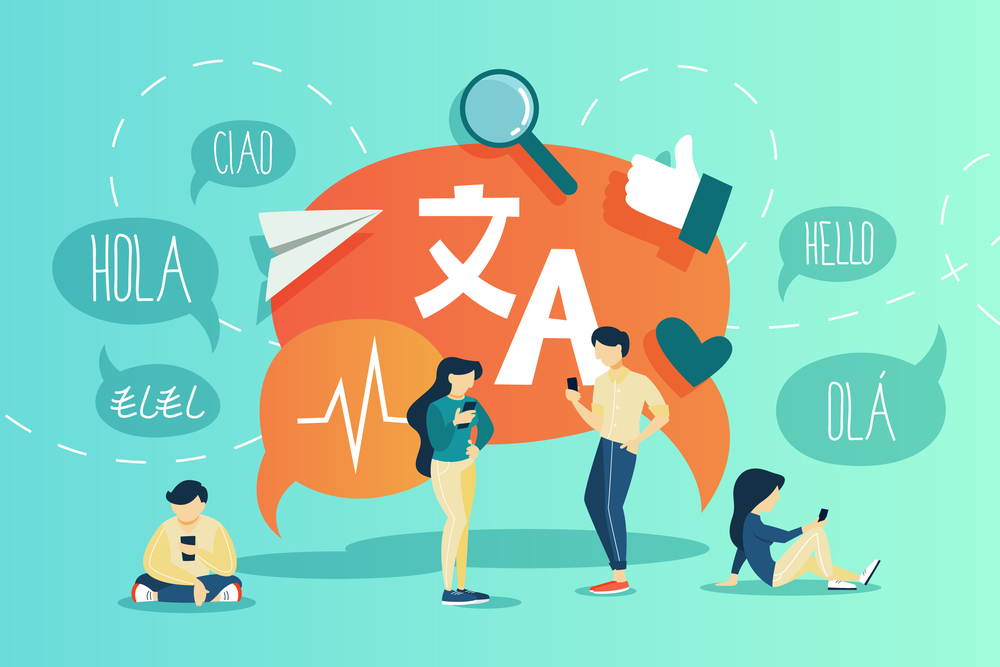
Creative Translation: Is It Necessary for Market Success?
Aside from legal, business, or overly technical documents, translators often take creative liberties to give content a more natural and inclusive feel for new markets.
Creative translation is the driving force behind increasing engagement with local audiences. Inventive writing and an in-depth understanding of various cultures and language nuances allow linguists to ensure your content resonates with your target demographic.
Much like the creative process used for the original campaigns, the creative translation process requires the same patience and investment to get consumers fully interested in your product.
What is Creative Translation?
Creative translation is often referred to as transcreation. Transcreation involves adapting or recreating source material to ensure that the core message evokes the right emotional response among the local audience.
It’s the highest level of adaptation, but a certain level of creative translation becomes necessary for most translation projects. People think of creativity as solely creating something new and unique, but it also involves reinterpretations of content. It’s like remakes of old movies that are slightly adapted to interest newer generations.
Whether using creative liberties to slightly adjust content to fit distinct cultures or using transcreation to source content and create completely new copy for each new market, there is a level of creative translation that’s necessary for market success in most cases.
Understanding the Creative Process
The more creative a language is, the longer the creative process is for deciding on written content for products and campaigns. This is also the case for the creative translation process. The more creative the source content is, the more difficult it can be to translate that material into different languages. The phrases, slang terms, or idioms used may not translate well in other languages.
This requires linguists to use their extensive knowledge of the language's culture to find a creative interpretation that could foster the same level of consumer engagement as the original content. It takes months of reiterations and edits for initial creative content to be completed. Oversimplifying this process during the translation could easily lead to lackluster content.
This is why creative translation deserves the same recognition as the initial creative campaign process.
- Example: Harry Potter has been translated into over 70 languages. Each project required a great amount of time and creative skill to produce content as loved as the novel in its original text. The first major challenge in the creative translation process was deciding what to do with proper nouns. J.K. Rowling used several puns and British nuances when deciding on character names or places they visited. While most opted to leave pivotal names as is and only transcreate names for characters that weren’t as important, a lot of the nuance associated with those names throughout the book was lost.
For instance, Rowling named Albus Dumbledore with the intention of having readers imagine him as someone who hums like a humming bee since dumbledore is an old British word for bumblebee.
However, when being translated to Italian, he became Albus Silente (silent) because the “dumb” in dumbledore was misread to mean “silent.” Whenever creative choices such as these are present, the linguist’s job of making foreign content understood and well-received without erasing its cultural specificity can be extremely difficult – even more so when the creative translation process is oversimplified by the client.
Making Creative Translation More Feasible
At Bureau Works, successful transcreation is developed through a high degree of contextualization and continuity involved between the linguist and the brand. The consistent communication and feedback involved regularly create a recipe for success.We also let companies have a hand in picking qualified linguists and brand enthusiasts through translation casting.
This allows clients to select linguists that fit their brand and tone more naturally. Creativity has even more room to flourish with our robust technology. The AI translation and translation editor gives translators more room to focus on the creative side because they have more help on the technical accuracy side of things.
While we believe that too much creativity can easily stray away from the original message and require an unrealistic level of expertise for translators, we also know that ignoring the creative aspect needed to have equally engaging material across all markets is just as damaging.
Combining each element in our process develops a successful natural result.
Bureau Works combines the power of automation with the art of human innovation to deliver a comprehensive localization platform that fosters both accurate and creative translations. Contact our team today to learn how we can help you engage better with new consumers.








.jpg)

.jpg)

.jpg)
.jpg)
.jpg)
.jpg)
.jpg)

.jpg)




